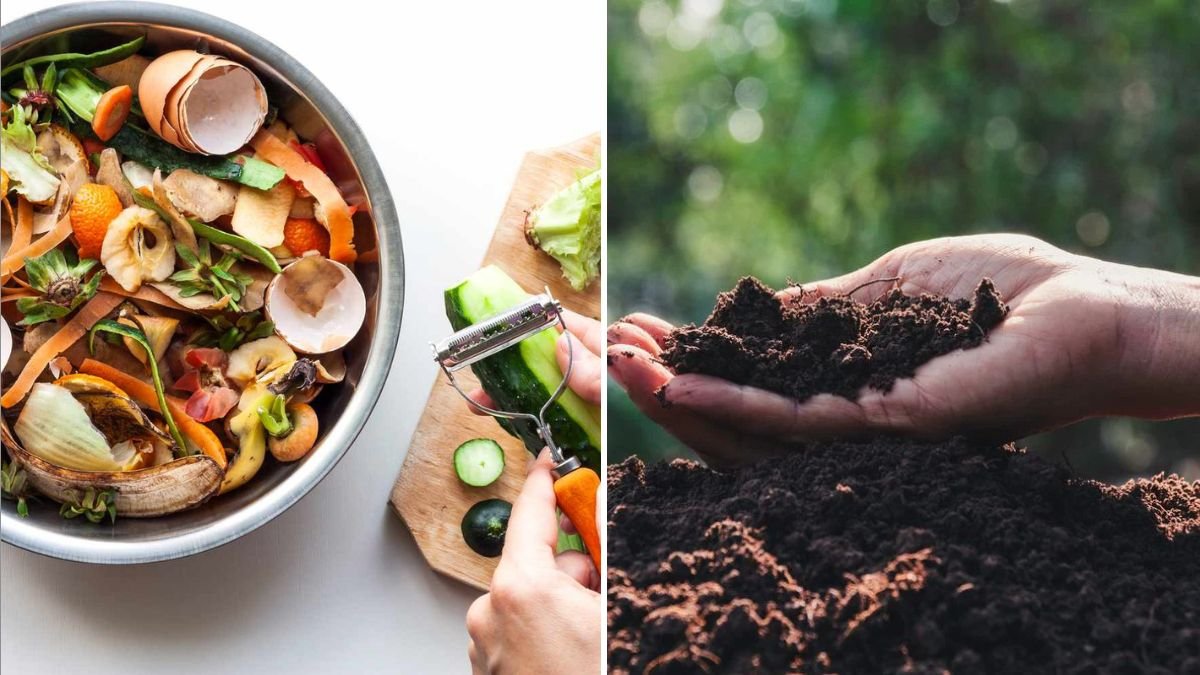Fertilizers don’t always have to come in shiny bags with hefty price tags. In fact, some of the most powerful plant boosters are sitting right in your kitchen, backyard, or compost bin—free of charge. Whether you’re growing vegetables, flowers, or houseplants, these homemade fertilizers can provide the nutrients your plants need without straining your budget.
In this article, we’ll explore five zero-cost fertilizers, how to make them, and the science behind why they work. By the end, you’ll see that healthy, lush plants don’t require expensive store-bought inputs—just a bit of resourcefulness.
1. Banana Peels for Potassium and Phosphorus
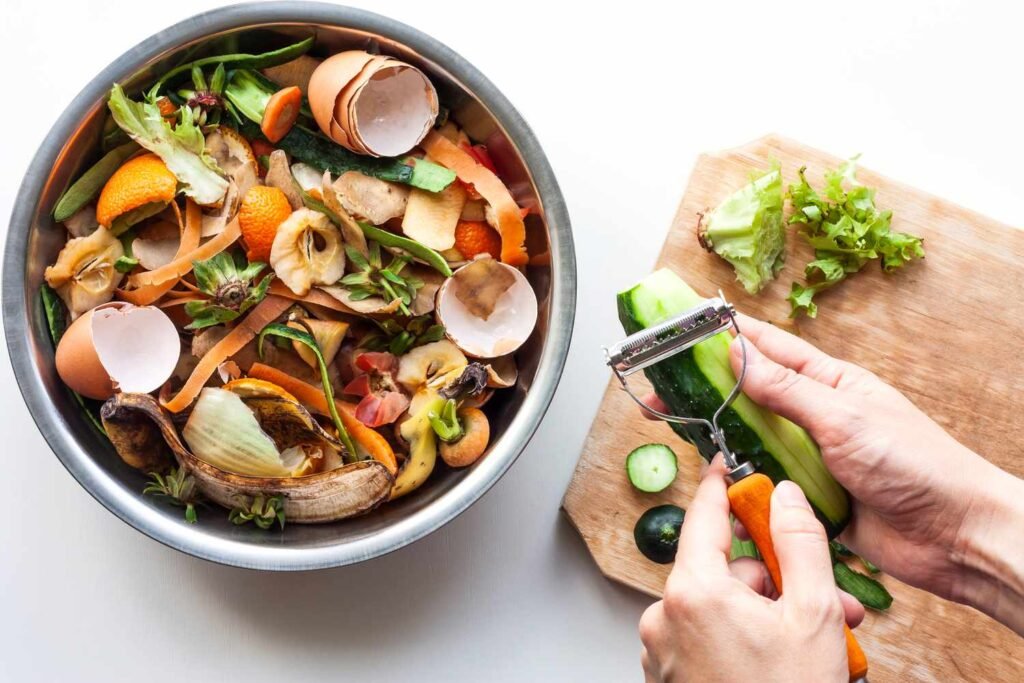
Why it works:
Banana peels are rich in potassium, phosphorus, and small amounts of calcium—all essential for strong roots, flowering, and fruiting. Potassium helps regulate water movement in plants, while phosphorus supports root development and seed production.
How to use it:
- Direct burial: Chop banana peels into small pieces and bury them 2–3 inches deep around plants like tomatoes, peppers, and roses. As they decompose, they release nutrients directly into the soil.
- Banana peel tea: Soak peels in a jar of water for 48 hours, then use the nutrient-rich liquid as a fertilizer tea for houseplants or container gardens.
- Powdered form: Dry peels in the sun or oven (at low heat), then grind them into a powder. Sprinkle around plant bases as a slow-release fertilizer.
Best for: Flowering plants, fruiting vegetables, and roses.
2. Coffee Grounds for Nitrogen
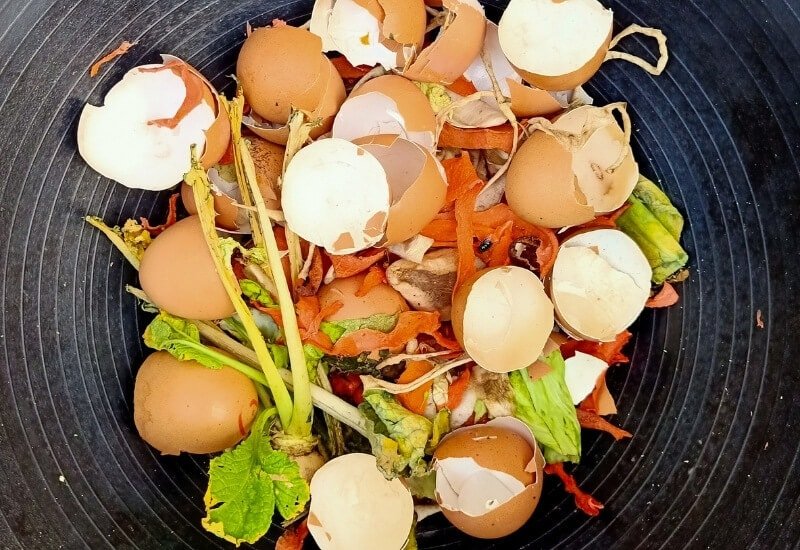
Why it works:
Used coffee grounds are an excellent source of nitrogen, one of the key nutrients plants need for leafy green growth. They also improve soil structure, encourage microbial activity, and attract earthworms, which naturally aerate the soil.
How to use it:
- Soil amendment: Mix coffee grounds directly into garden beds or containers to enrich the soil.
- Mulch layer: Spread a thin layer around plants to help retain moisture while adding nutrients.
- Compost booster: Add grounds to your compost pile to balance carbon-heavy materials like dried leaves.
Tips:
- Don’t overapply—too much can make the soil acidic. Stick to light applications, especially for plants that prefer neutral to alkaline soil.
- Pair coffee grounds with “browns” like shredded paper or leaves to balance carbon and nitrogen in compost.
Best for: Leafy greens, hydrangeas, azaleas, and blueberries (which love slightly acidic soil).
3. Eggshells for Calcium
Why it works:
Eggshells are packed with calcium carbonate, the same compound found in agricultural lime. Calcium strengthens cell walls, prevents blossom-end rot in tomatoes and peppers, and improves overall plant vigor.
How to use it:
- Crushed directly into soil: Rinse and dry eggshells, then crush them into small pieces and sprinkle around the base of plants.
- Powdered fertilizer: Grind shells into a fine powder using a blender or mortar and pestle for quicker nutrient release.
- Eggshell tea: Boil shells in water, let cool, and use the “tea” to water calcium-hungry plants.
Bonus: Crushed eggshells also deter slugs and snails when sprinkled around seedlings, acting as a natural pest barrier.
Best for: Tomatoes, peppers, eggplants, and houseplants that struggle with weak growth.
4. Grass Clippings for Nitrogen and Trace Nutrients
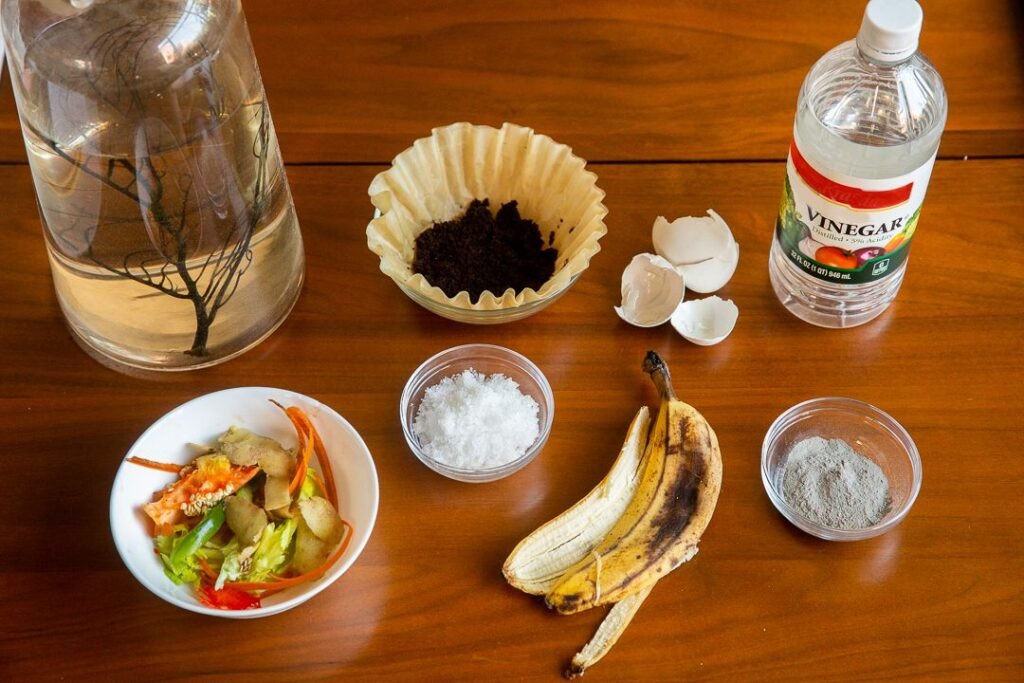
Why it works:
Fresh grass clippings are a free, abundant source of nitrogen and also supply magnesium, potassium, and other micronutrients. As they break down, they release nutrients quickly, making them an excellent “green” addition to soil or compost.
How to use it:
- Mulch: Spread a thin (1–2 inch) layer of clippings around garden plants. This suppresses weeds, retains moisture, and slowly feeds the soil.
- Liquid fertilizer (grass tea): Fill a bucket with fresh clippings, cover with water, and let steep for 1–2 weeks. Strain and dilute the liquid (1 part tea to 10 parts water) before applying to plants.
- Compost activator: Add clippings to compost piles to heat them up and speed decomposition.
Tips:
- Avoid using clippings from lawns treated with pesticides or herbicides.
- Apply thin layers to prevent mats that could block airflow and cause mold.
Best for: Vegetables, fruit trees, and shrubs needing a quick nitrogen boost.
5. Kitchen Scraps & Vegetable Waste for a Balanced Mix
Why it works:
Your everyday kitchen scraps—like peels, cores, and trimmings—are rich in a variety of nutrients. When composted, they create a balanced fertilizer containing nitrogen, phosphorus, potassium, and trace minerals.
How to use it:
- Composting: The simplest method is to compost your scraps. Over time, they break down into rich humus that nourishes plants.
- Direct trench composting: Dig a trench in your garden, add scraps, and cover with soil. This enriches the soil directly without needing a compost bin.
- Blender fertilizer: Puree scraps with water to create a quick-release liquid fertilizer for houseplants or small gardens.
Tips:
- Avoid adding meat, dairy, or oily foods—they attract pests and don’t decompose well.
- Combine with browns (dried leaves, shredded cardboard) to balance nitrogen and carbon for effective composting.
Best for: General use across all garden plants.
Extra Free Fertilizer Options
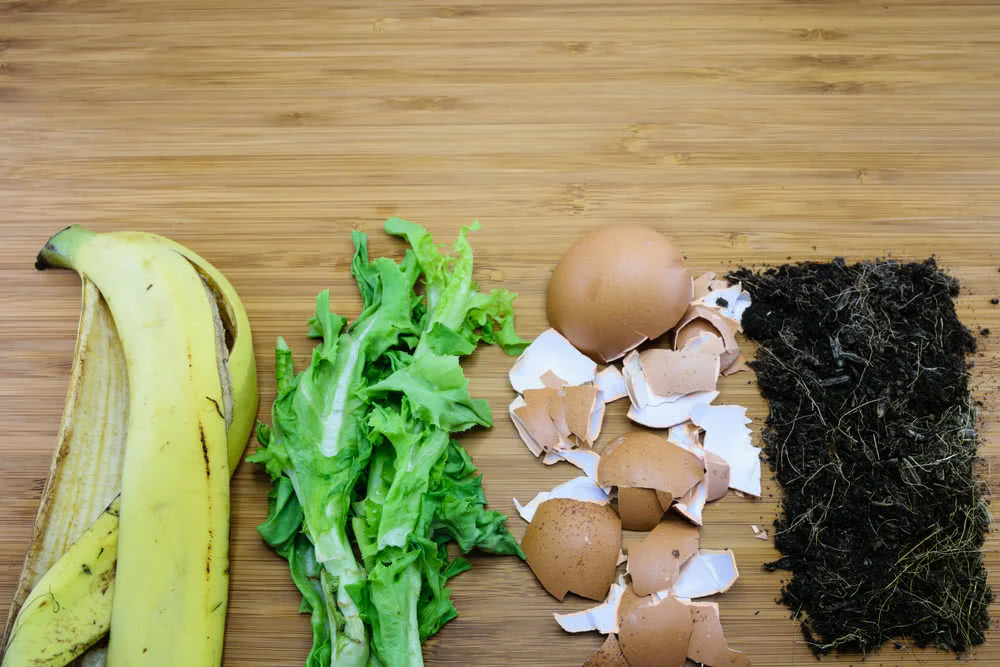
If you want to go beyond these five, here are a few honorable mentions:
- Aquarium water (rich in fish waste and nitrogen).
- Wood ash (excellent for potassium and raising soil pH).
- Epsom salt substitute (if you have magnesium-rich water, it naturally supports chlorophyll production).
Why Homemade Fertilizers Work
Plants don’t know whether nutrients come from a bag or a banana peel—they just absorb what’s available. What matters is delivering the right balance of nitrogen (for leafy growth), phosphorus (for roots and flowers), and potassium (for overall health and fruiting).
Homemade fertilizers often work more gently than chemical options, releasing nutrients slowly while improving soil health and microbial activity. Over time, this creates a thriving soil ecosystem that supports healthier, more resilient plants.
Final Thoughts
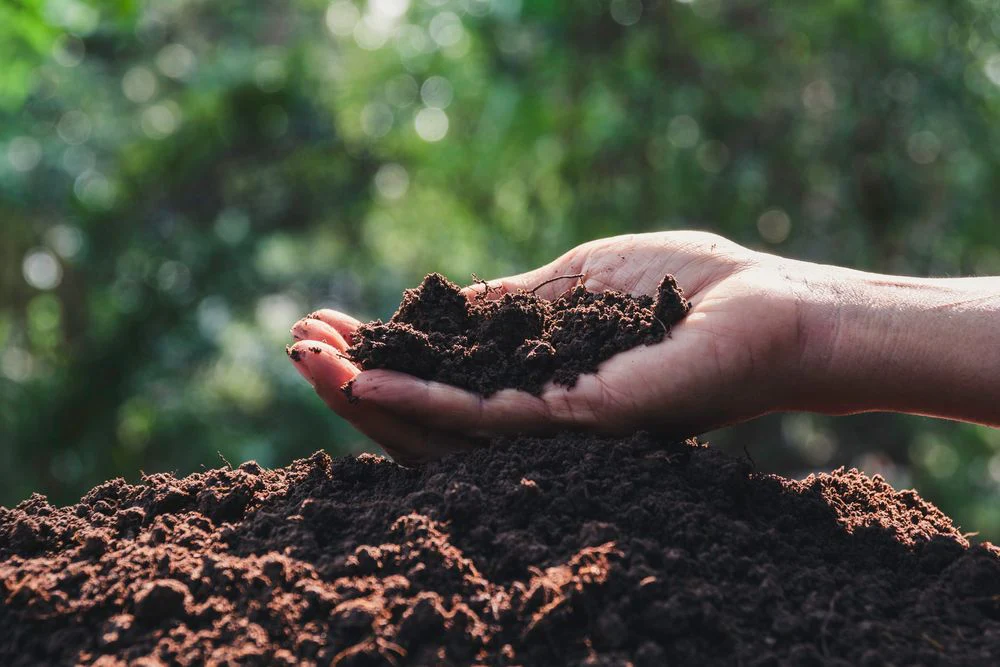
You don’t need expensive, store-bought fertilizers to grow a productive, beautiful garden. With banana peels, coffee grounds, eggshells, grass clippings, and kitchen scraps, you already have the ingredients for a free, nutrient-rich fertilizer system at home.
By recycling these everyday materials, you not only save money but also reduce waste and build healthier soil. The result? A thriving garden that costs less, wastes less, and rewards you more.
If you’d like, I can also create a step-by-step “Homemade Fertilizer Recipes” guide with exact ratios and application schedules so readers can follow along like a DIY cookbook. Would you like me to add that?
